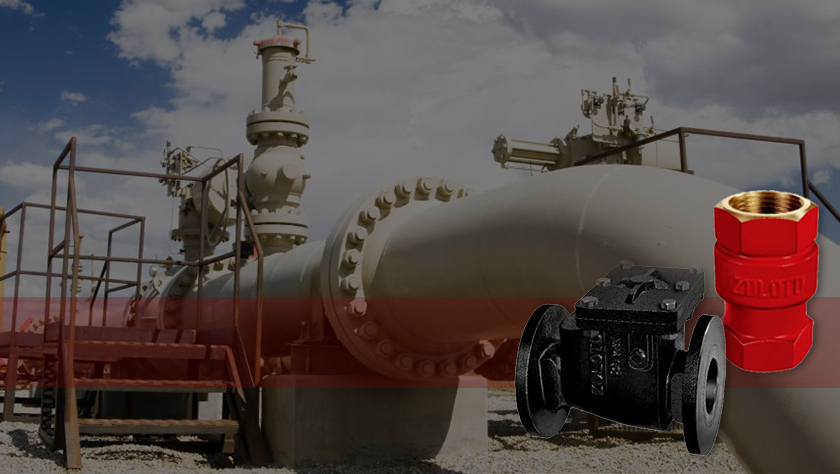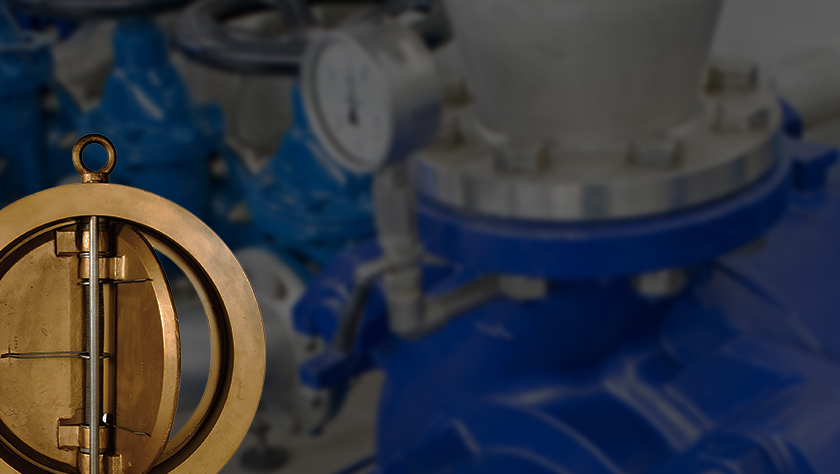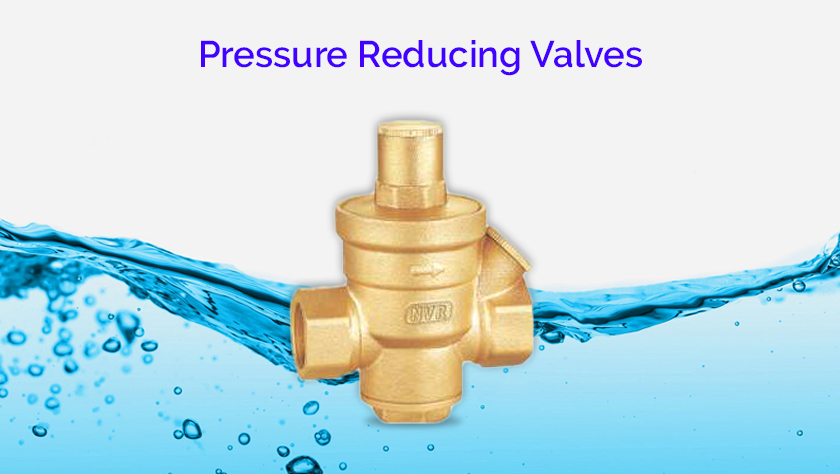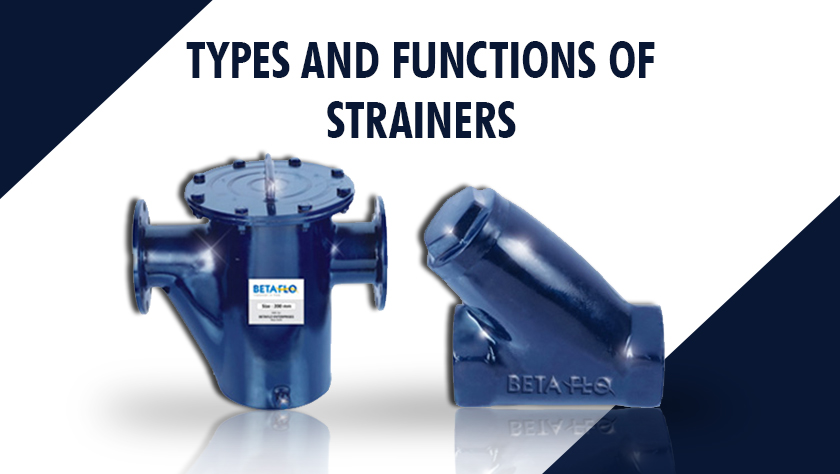Check valves are designed to pass flow the fluid in one direction with minimal resistance and prevent reverse flow or damage to the passage. Check valves are the most important valves included in any system, whether household or industrial system. Different Check valve Types are designed for different applications.
How does Check valve work?
A check valve is constructed with a valve body, cover, and disc attached to a hinge and swings away from the valve seat to allow the flow of the fluid passing.
Types of Check Valves:
1. Swing Check Valve
The disc is unguided in a Swing Check Valve, when it moves to fully open position or to a fully closed position the fluid flows in a forward direction with minimal resistance. Many different discs and seat designs are made available by SKG Pneumatics to satisfy requirements of varying applications.
2. Ball Check Valves
Ball Check valves are constructed with a spherical ball inside the body which helps to control the flow of the fluid. The ball rotates freely when the fluid is passing by. This unique process makes it ideal for installing it for a viscous fluid.
3. Tilted Check Valves
A tilted check valve is designed with a disc which has a pivot point at the center of the disc. When the flow is streamed the disc open and when it turns to reverse the disc closes immediately. This Tilted Check valve is mostly used in agricultural areas.
4. Dual Disk Check Valve
A dual disk check valve is designed to control the flow of the fluid, the hinge is connected to a plate which rotates and the stream is controlled when the hinge is moved.
5. Silent Check Valve
This check valve availed by SKG Pneumatic are designed to eliminate water hammer and are recommended to use in multi-story buildings. It consists of a spring attached to the disc which slowly closes when the water flow decreases, eliminating the hammering.
6. Nozzle Check Valves
Nozzle check valves are designed to stream the flow of gas, fluid or slurry in low pressure. This check valve doesn’t allow reverse stream as it closes when low pressure is felt than actual.
SKG Pneumatics is the solution to your all piping system including also Industrial Valves. These are some non-return valve designed and supplied by SKG Pneumatics accompanied by Advance, Zoloto, NVR, etc to maintain the safety and better piping system.














 FSC
FSC